As millions of Americans prepare their returns annually, the Internal Revenue Service (IRS) adjusts income tax brackets to prevent “bracket creep,” where inflation pushes people into higher tax brackets despite no income growth.
The federal income tax system uses progressive tax brackets, applying different tax rates to various portions of taxable income. Inflation-adjusted provisions for 2024 impact returns filed by this year’s April deadline. Meanwhile, 2025 adjustments will affect taxpayers filing in 2026.
Below, we’ve compiled the income thresholds for both tax years. While we’ve tried to ensure accuracy, this guide is not exhaustive. We recommend checking directly with the IRS for more specific provisions.
2024 Tax Brackets and Rates
The current tax year maintains seven tax brackets, with the highest rate of 37%. Entering a higher tax bracket doesn’t mean your entire income is taxed at that rate.
| Tax Rate | Single Filers | Married Individuals Filing Jointly | Married Individuals Filing Separately | Heads of Household |
|---|---|---|---|---|
| 10% | $0 to $11,600 | $0 to $23,200 | $0 to $11,600 | $0 to $16,550 |
| 12% | $11,601 to $47,150 | $23,201 to $94,300 | $11,601 to $47,150 | $16,551 to $63,100 |
| 22% | $47,151 to $100,525 | $94,301bto $201,050 | $47,151 to $100,525 | $63,101 to $100,500 |
| 24% | $100,526 to $191,950 | $201,051 to $383,900 | $100,526 to $191,950 | $100,501 to $191,950 |
| 32% | $191,951 to $243,725 | $383,901 to $487,450 | $191,951 to $243,725 | $191,951 to $243,700 |
| 35% | $243,726 to $609,350 | $487,451 to $731,200 | $243,726 to $365,600 | $243,701 to $609,350 |
| 37% | $609,351 and up | $731,201 and up | $365,601 and up | $609,351 and up |
|
Tax Rate 10% Single Filers $0 to $11,600 Married Individuals Filing Jointly $0 to $23,200 Married Individuals Filing Separately $0 to $11,600 Heads of Household $0 to $16,550 |
|
Tax Rate 12% Single Filers $11,601 to $47,150 Married Individuals Filing Jointly $23,201 to $94,300 Married Individuals Filing Separately $11,601 to $47,150 Heads of Household $16,551 to $63,100 |
|
Tax Rate 22% Single Filers $47,151 to $100,525 Married Individuals Filing Jointly $94,301bto $201,050 Married Individuals Filing Separately $47,151 to $100,525 Heads of Household $63,101 to $100,500 |
|
Tax Rate 24% Single Filers $100,526 to $191,950 Married Individuals Filing Jointly $201,051 to $383,900 Married Individuals Filing Separately $100,526 to $191,950 Heads of Household $100,501 to $191,950 |
|
Tax Rate 32% Single Filers $191,951 to $243,725 Married Individuals Filing Jointly $383,901 to $487,450 Married Individuals Filing Separately $191,951 to $243,725 Heads of Household $191,951 to $243,700 |
|
Tax Rate 35% Single Filers $243,726 to $609,350 Married Individuals Filing Jointly $487,451 to $731,200 Married Individuals Filing Separately $243,726 to $365,600 Heads of Household $243,701 to $609,350 |
|
Tax Rate 37% Single Filers $609,351 and up Married Individuals Filing Jointly $731,201 and up Married Individuals Filing Separately $365,601 and up Heads of Household $609,351 and up |
2025 Tax Brackets and Rates
The same progressive structure applies to 2025, but federal tax brackets have increased by 2.8%.
| Tax Rate | Single Filers | Married Individuals Filing Jointly | Married Individuals Filing Separately | Heads of Household |
|---|---|---|---|---|
| 10% | $0 to $11,925 | $0 to $23,850 | $0 to $11,925 | $0 to $17,000 |
| 12% | $11,926 to $48,475 | $23,851 to $96,950 | $11,926 to $48,475 | $17,001 to $64,850 |
| 22% | $48,476 to $103,350 | $96,951 to $206,700 | $48,476 to $103,350 | $64,851 to $103,350 |
| 24% | $103,351 to $197,300 | $206,701 to $394,600 | $103,351 to $197,300 | $103,351 to $197,300 |
| 32% | $197,301 to $250,525 | $394,601 to $501,050 | $197,301 to $250,525 | $197,301 to $250,500 |
| 35% | $250,526 to $626,350 | $501,051 to $751,600 | $250,526 to $375,800 | $250,501 to $626,350 |
| 37% | $626,351 and up | $751,601 and up | $375,801 and up | $626,351 and up |
|
Tax Rate 10% Single Filers $0 to $11,925 Married Individuals Filing Jointly $0 to $23,850 Married Individuals Filing Separately $0 to $11,925 Heads of Household $0 to $17,000 |
|
Tax Rate 12% Single Filers $11,926 to $48,475 Married Individuals Filing Jointly $23,851 to $96,950 Married Individuals Filing Separately $11,926 to $48,475 Heads of Household $17,001 to $64,850 |
|
Tax Rate 22% Single Filers $48,476 to $103,350 Married Individuals Filing Jointly $96,951 to $206,700 Married Individuals Filing Separately $48,476 to $103,350 Heads of Household $64,851 to $103,350 |
|
Tax Rate 24% Single Filers $103,351 to $197,300 Married Individuals Filing Jointly $206,701 to $394,600 Married Individuals Filing Separately $103,351 to $197,300 Heads of Household $103,351 to $197,300 |
|
Tax Rate 32% Single Filers $197,301 to $250,525 Married Individuals Filing Jointly $394,601 to $501,050 Married Individuals Filing Separately $197,301 to $250,525 Heads of Household $197,301 to $250,500 |
|
Tax Rate 35% Single Filers $250,526 to $626,350 Married Individuals Filing Jointly $501,051 to $751,600 Married Individuals Filing Separately $250,526 to $375,800 Heads of Household $250,501 to $626,350 |
|
Tax Rate 37% Single Filers $626,351 and up Married Individuals Filing Jointly $751,601 and up Married Individuals Filing Separately $375,801 and up Heads of Household $626,351 and up |
2024-2025 Standard Deductions and Personal Exemption
| Tax Rate | Single Filers | Married Individuals Filing Jointly | Married Individuals Filing Separately | Heads of Household |
|---|---|---|---|---|
| 2024 | $14,600 | $29,200 | $14,600 | $21,900 |
| 2025 | $15,000 | $30,000 | $15,000 | $22,500 |
|
Tax Rate 2024 Single Filers $14,600 Married Individuals Filing Jointly $29,200 Married Individuals Filing Separately $14,600 Heads of Household $21,900 |
|
Tax Rate 2025 Single Filers $15,000 Married Individuals Filing Jointly $30,000 Married Individuals Filing Separately $15,000 Heads of Household $22,500 |
For 2025, as with 2024, personal exemption is still $0.
Other Significant Adjustments for Tax Year 2025
Below are other adjustments applicable to tax returns that will have to be filed in April 2026.
Alternative Minimum Tax Exemption
The individual alternative minimum tax (AMT) requires high-income taxpayers to calculate their liability twice: under the regular income tax and AMT systems. They will then have to pay the higher amount.
| Filing Status | Exemption Amount | Threshold Phaseout Amount |
|---|---|---|
| Unmarried Individuals | $88,100 | $626,350 |
| Married Individuals Filing Jointly | $137,000 | $1,252,700 |
| Married Individuals Filing Separately | $68,650 | $626,350 |
|
Filing Status Unmarried Individuals Exemption Amount $88,100 Threshold Phaseout Amount $626,350 |
|
Filing Status Married Individuals Filing Jointly Exemption Amount $137,000 Threshold Phaseout Amount $1,252,700 |
|
Filing Status Married Individuals Filing Separately Exemption Amount $68,650 Threshold Phaseout Amount $626,350 |
Earned Income Tax Credit
| Filing Status | Parameter | Number of Qualifying Children | |||
|---|---|---|---|---|---|
| One | Two | Three or more | None | ||
| Earned Income Amount | $12,730 | $17,880 | $17,880 | $8,490 | |
| Maximum Credit Amount | $4,328 | $7,152 | $8,046 | $649 | |
| Married Individuals Filing Jointly | Threshold Phaseout Amount | $30,470 | $17,730 | ||
| All Other Statuses | $23,350 | $10,620 | |||
| Married Individuals Filing Jointly | Completed Phaseout Amount | $57,554 | $64,430 | $68,675 | $26,214 |
| All Other Statuses | $50,434 | $57,310 | $61,555 | $19,104 | |
|
Filing Status - Parameter Earned Income Amount Number of Qualifying Children(One) $12,730 Number of Qualifying Children(Two) $17,880 Number of Qualifying Children(Three or more) $17,880 Number of Qualifying Children(None) $8,490 |
|
Filing Status - Parameter Maximum Credit Amount Number of Qualifying Children(One) $4,328 Number of Qualifying Children(Two) $7,152 Number of Qualifying Children(Three or more) $8,046 Number of Qualifying Children(None) $649 |
|
Filing Status Married Individuals Filing Jointly Parameter Threshold Phaseout Amount Number of Qualifying Children(One) $30,470 Number of Qualifying Children(Two) $30,470 Number of Qualifying Children(Three or more) $30,470 Number of Qualifying Children(None) $17,730 |
|
Filing Status All Other Statuses Parameter Threshold Phaseout Amount Number of Qualifying Children(One) $23,350 Number of Qualifying Children(Two) $23,350 Number of Qualifying Children(Three or more) $23,350 Number of Qualifying Children(None) $10,620 |
|
Filing Status Married Individuals Filing Jointly Parameter Completed Phaseout Amount Number of Qualifying Children(One) $57,554 Number of Qualifying Children(Two) $64,430 Number of Qualifying Children(Three or more) $68,675 Number of Qualifying Children(None) $26,214 |
|
Filing Status All Other Statuses Parameter Completed Phaseout Amount Number of Qualifying Children(One) $50,434 Number of Qualifying Children(Two) $57,310 Number of Qualifying Children(Three or more) $61,555 Number of Qualifying Children(None) $19,104 |
A note on tax credits versus tax deductions: The former is subtracted directly from a person’s tax liability, reducing their tax bill dollar-for-dollar.
Deductions, on the other hand, are expenses that can be subtracted from taxable income.
Child Tax Credit
Child tax credit is up to $2,000 per qualified child. The refundable portion for 2025 is $1,700.
Qualified Business Income Deductions
| Filing Status | Threshold Amount | Phase-In Range Amount |
|---|---|---|
| Married Individuals Filing Jointly | $394,600 | $494,600 |
| Married Individuals Filing Separately | $197,300 | $247,300 |
| All Other Returns |
|
Filing Status Married Individuals Filing Jointly Threshold Amount $394,600 Phase-In Range Amount $494,600 |
|
Filing Status Married Individuals Filing Separately Threshold Amount $197,300 Phase-In Range Amount $247,300 |
|
Filing Status All Other Returns Threshold Amount $197,300 Phase-In Range Amount $247,300 |
Foreign Earned Income Exclusion
From $126,500 in 2024, the foreign earned income exclusion for tax year 2025 is $130,000.
Tips to Optimize Your 2025 Returns
Strategic tax planning can help you optimize your finances while complying with regulations. Consider these tips:
1. Review your tax situation diligently
Find time to review your tax situation, especially at the start of the year. Doing so allows you to make any necessary adjustments and avoid surprises in your tax bill.
Referencing previous income tax returns can help you understand how changes in your taxable income might affect your tax bracket. Remember that the federal income tax system is progressive, so only the income within each bracket is taxed at that bracket’s rate.
2.Decide between taking the standard deduction and itemizing
The standard deduction lowers your taxable income by a fixed amount. As summarized earlier, the deduction you qualify for depends on your filing status.
Some taxpayers, however, may choose to itemize all the individual tax deductions for which they qualify. These expenses include charitable contributions and medical and dental costs.
If your total deductions exceed the minimum threshold, itemizing is your best option for lowering your taxable income. “Bunching” these expenses into alternate years sometimes does the trick.
2.Make contributions to tax-advantaged investments
Contributing to tax-advantaged investments can help lower your taxable income while building savings for important expenses. Your options include:
- Individual Retirement Accounts (IRA): Contributions to traditional IRAs may be tax-deductible. If you’re 50 or older, you can make additional “catch-up” contributions.
- 529 Account: Savings for qualified educational costs
- Flexible Spending Account (FSA): Annual exclusion of up to $3,300 of your pay for medical and dental expenses. FSAs operate on a “use-it-or-lose-it” basis, so you should plan your spending carefully.
- Dependent Care Flexible Spending Account (DCFSA): Annual exclusion of up to $5,000 of your pay pre-tax for dependent care savings. Examples include daycare and after-school programs.
- Health Savings Account (HSA): Tax-deductible contributions and tax-free withdrawals for qualified medical expenses
Navigate Tax Changes with TOA Global
Keeping up with changing regulations makes maintaining strong financial practices challenging. But your firm doesn’t have to bear the load alone.
TOA Global connects you with US-trained offshore accountants to help manage your business operations while you focus on supporting your clients’ long-term wealth building.
Experience our expertise firsthand. Talk to us today.



















